

Saturday Brain Storming Thought 28/11/2020 By Er Avinash Kulkarni
Soil Stabilization
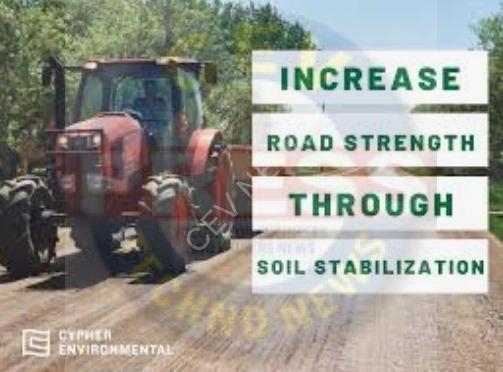
It is defined as chemical or physical treatments which increase or maintain the stability of a soil or improve its engineering properties
It is a general term for any physical, chemical, mechanical, biological or combined method of changing a natural soil to meet an engineering purpose
Soil can also be stabilized mechanically with stabilization geosynthetics, for examples geogrids or groveller, a 3D mechanical soil stabilization technique

Soil Stabilization
1) Adding materials to soil. One of the simplest soil stabilization methods is to simply amend it with certain materials
2) Get strong soil with lime. Lime has been known for its soil stabilization properties
3) major benefits from fly ash
4) the many uses of calcium chloride
5) beneficial Portland cement
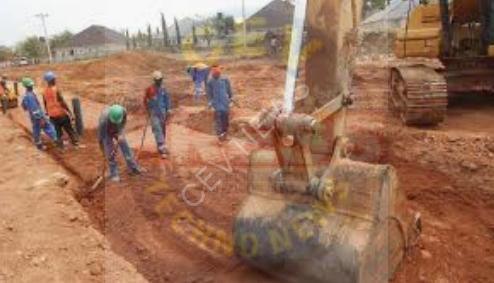
Types of Stabilization
1) Cement soil stabilization
2) Lime soil stabilization
3) Bitumen soil stabilization
4) Chemical soil stabilization
Methods of soil stabilization
1) clay grouting
2) chemical grouting
3) chrome lignin grouting
4) polymer grouting
5) bituminous grouting
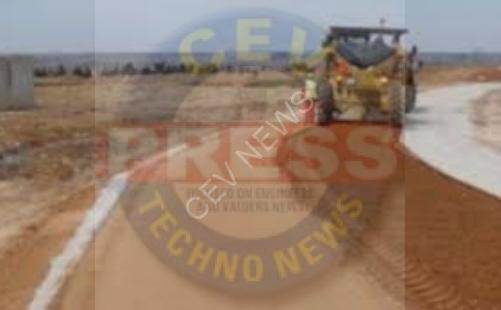
Clay soil stabilization
Clay soil can be stabilized by the addition of small percentages, by weight, of lime, thereby enhancing many of the engineering properties of the soil and producing an improved construction material
When lime is added to a reactive soil to generate long-term strength gain through pozzolanic reaction
This reaction produces stable calcium silicate hydrates and calcium aliminate hydrates as the calcium from the lime reacts with the aliminates and silicates solubilized from the clay
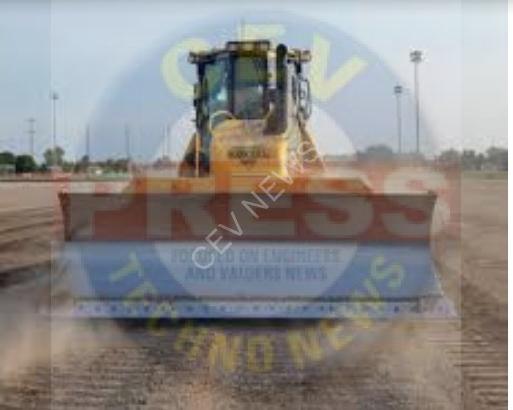
Expansive soil stabilization
The stabilization of expansive soils by the use of additives such as lime, fly ash or cement and has traditionally concentrated on the elimination of the expansive power of the soil
Methods such as removing it completely and replacing it with dirt, pre-wetting and pre-swelling the soil and injecting or mixing of lime or other solutions into existing soils
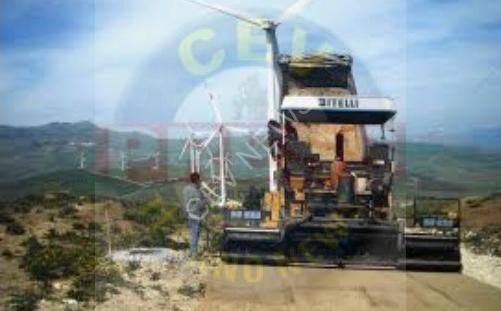
Lime addition to clay soil
Lime improves soil structure
When lime is added to clay soil, the tiny clay particles group themselves around the lime particles and together forms larger particles
For example, if the soil PH is above 6, phosphates are more available
Lime supplies calcium to the soil that is needed for plants cell walls
Stabilization process
It is any series of events in which selection for a stable reproductive cycle results in the production of one or more new stable form
Advantages of soil stabilization
1) improves the various engineering properties of stabililized soil
2) an improved construction material
3) increase soil strength, durability stiffness
4) reduction in soil plasticity/shrinkage potential

Disadvantages of soil stabilization
1) contaminants are still in the soil, not destroyed or removed
2) volume of the treated wastes usually increases significantly
3) volatile organic compounds and some particulates may come out during treatment process
4) can not operate if moisture of soil above 10%
5) cracks may form in soil cement
6) it is harmful for environment
7) it requires extra labour
8) the quality of water must be sufficient for hydration of cement and making the mixture workable
Soil stabilization materials
1) lime – it’s addition strengthens the soil to make it more stable
Lime also helps to remove water from the soil which allows it to compact more
2) Cement
3) Bitumen
4) chemical compounds
Sodium chloride
Calcium chloride
Sodium silicate
5) Geotaxtiles
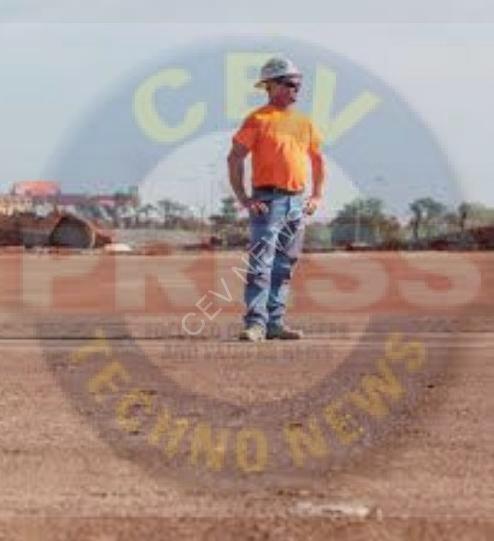
Advantages of calcium based additives
1) functions as a working platforms
2) reduces the need of dusting
3) upgrades marginal aggregates or soils
4) improves strength
5) improves durability
6) control volume changes of soil
7) improves soil workability
8) dries wet soils
9) reduces pavement thickness requirements
10) conserve aggregate
11) reduces construction and haul costs
12) conserves energy
13) provides temporary or permanent wearing surface
Compiled by:-
Avinash Kulkarni

Chartered Engineer
Govt Regd Valuer
IBBI Regd Valuer


